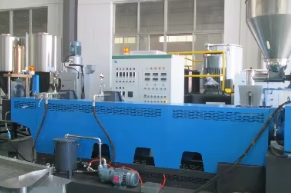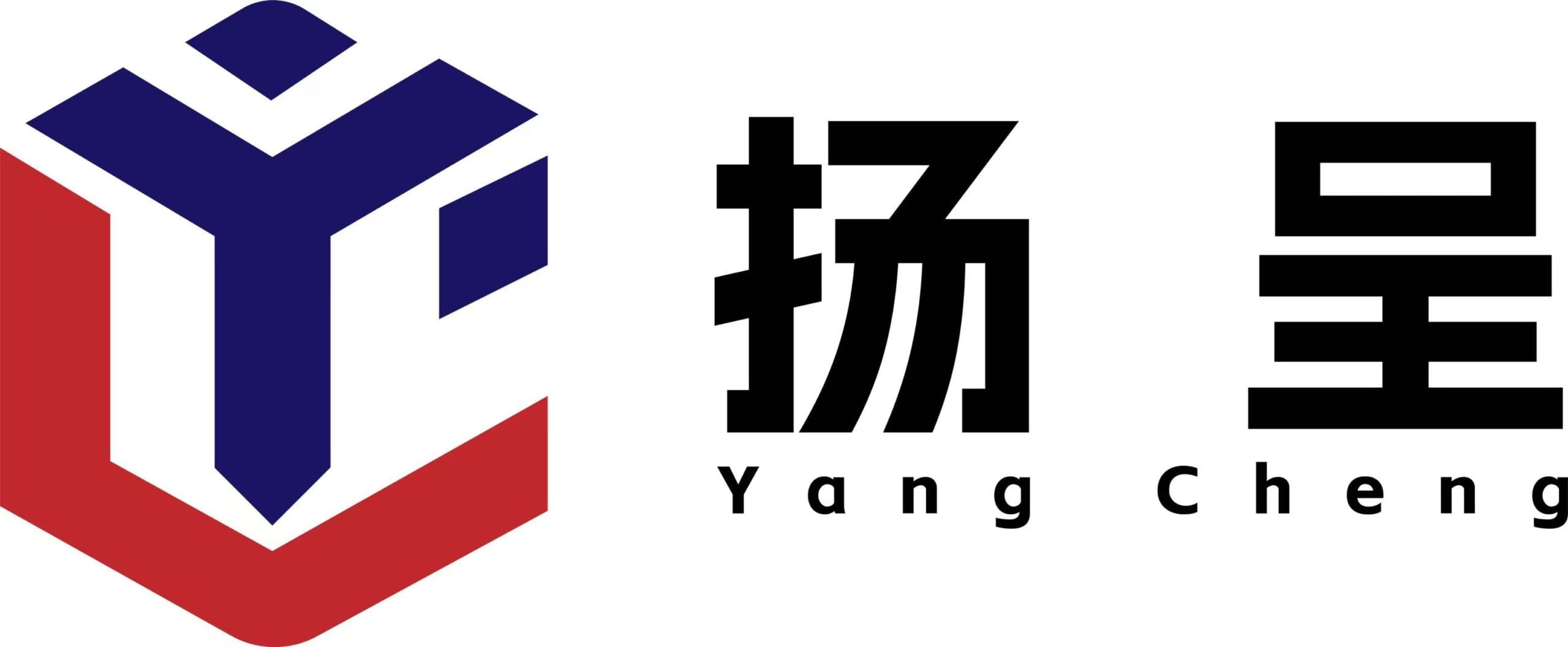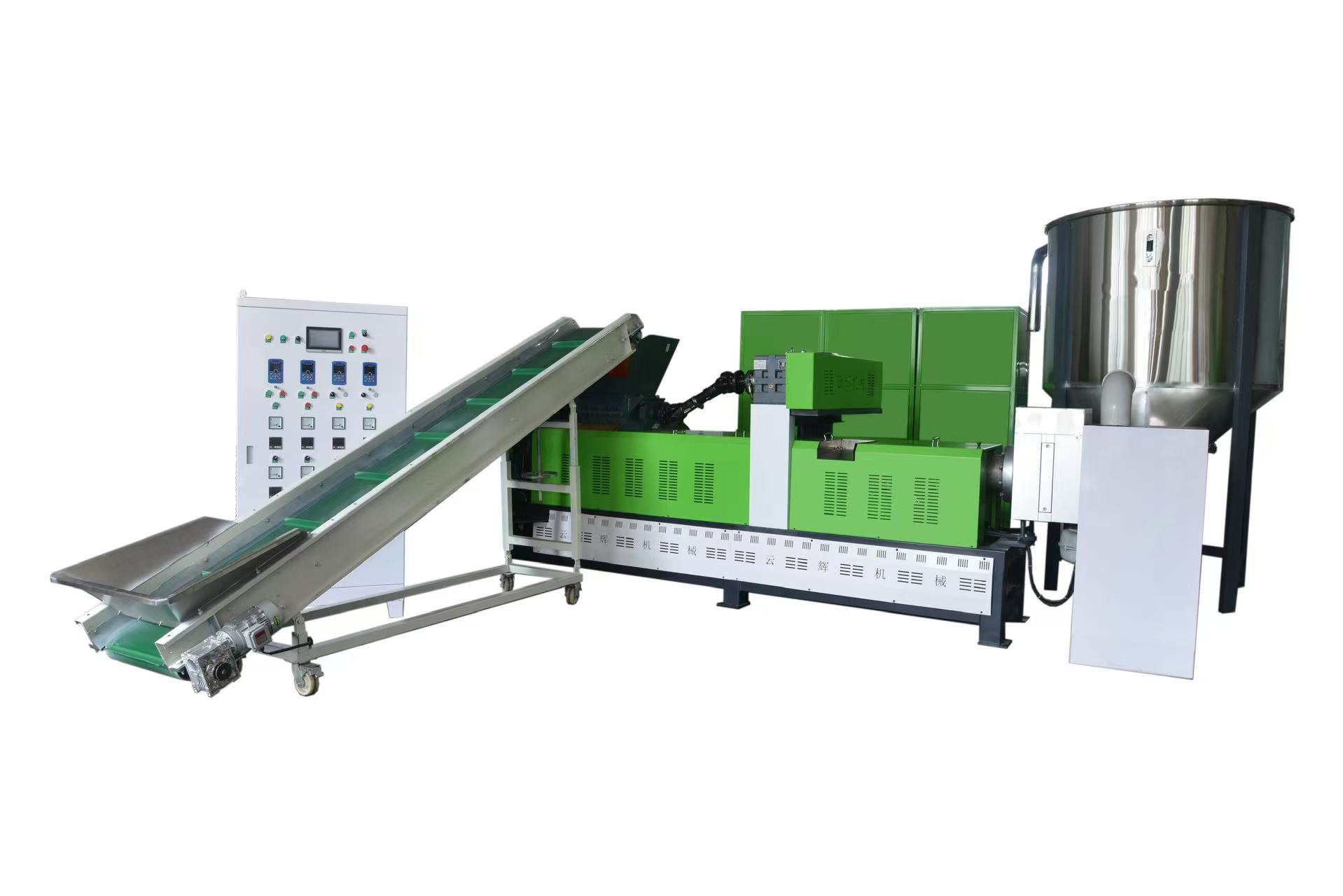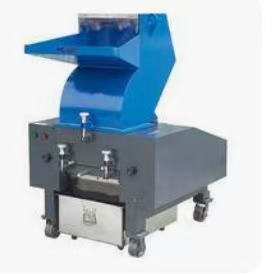Clean and Green Technologies for PP Woven Bag Recycling: A Key Path to Solving Plastic Waste Problems
Amid the global wave of sustainable development, plastic recycling has become a core issue in the environmental protection field. As a “packaging mainstay” in industries such as logistics, chemical engineering, and agriculture, polypropylene (PP) woven bags are widely used due to their durability and low cost. However, they are also a major source of plastic waste because they are difficult to degrade naturally. Traditional disposal methods like landfilling and incineration not only waste resources but also release harmful gases, pollute soil, and exacerbate ecological burdens. Against this backdrop, the research, development, and application of clean and green technologies for PP woven bag recycling provide a sustainable solution to this problem, enabling both resource circulation and reduced environmental impact.
1. Core Pain Points of PP Woven Bag Recycling: Why Clean and Green Technologies Are Needed?
The difficulty in recycling PP woven bags stems from their inherent characteristics and the limitations of traditional processes:
• Complex Composition: Most PP woven bags have a structure of “PP base material + additives + printing ink”, and some are even coated with polyethylene (PE). It is difficult to completely separate impurities in traditional recycling, resulting in low purity and poor performance of recycled materials.
• Pollution Risks: Traditional cleaning processes rely on strong acids and alkalis. Direct discharge of wastewater from these processes can pollute water bodies. If fossil energy is used in the heating and melting process, carbon emissions and harmful volatile substances will also be generated.
• Resource Waste: Traditional recycling mostly involves “downcycling”. Recycled PP woven bags can only be used in low-end fields (such as simple packaging) and cannot be reused in high-value application scenarios, failing to fully utilize the material’s value.
These pain points mean that conventional recycling models can hardly meet the dual demands of environmental protection and economy, making it urgent to develop clean and green technologies to break through the bottleneck.

2. Clean and Green Recycling Technologies: Innovative Practices from Mechanical to Chemical Methods
Currently, clean and green recycling technologies for PP woven bags mainly fall into two major categories: mechanical recycling and chemical recycling. These two methods complement each other to form a solution featuring “full-chain carbon reduction and high-value utilization”.
1. Mechanical Recycling: Green Processes Reshape Traditional Workflows
Mechanical recycling is the most widely used technology at present. Its core is to separate and recycle PP materials through “physical means”, reducing chemical pollution and energy consumption throughout the process. The key steps include:
• Intelligent Sorting: Near-infrared spectroscopy (NIRS) technology is adopted to quickly identify the material, thickness, and impurity content of PP woven bags. It can automatically separate bags with composite coatings or mixed with other plastics, replacing manual sorting and improving efficiency and purity.
• Mild Cleaning: Traditional acid-alkali cleaning is abandoned, and a combination of “water-based environmental cleaning agents + ultrasonic cleaning” is used instead. The environmental cleaning agents are biodegradable, and ultrasonic vibration can efficiently remove ink and stains. The cleaning wastewater is recycled after sedimentation and filtration, increasing water resource utilization by more than 80%.
• Low-Temperature Melting: Through precise temperature control technology (controlling the melting temperature at 160-170°C, close to the lower limit of PP’s melting point), energy consumption and material degradation during the heating process are reduced. At the same time, a small amount of environmentally friendly antioxidants is added to ensure that the strength and toughness of recycled PP are close to those of virgin materials. Recycled PP can be directly used to produce new PP woven bags or injection-molded parts (such as plastic pallets).
Mechanical recycling has the advantages of low cost and short process flow, making it suitable for large-scale processing of PP woven bags with “low pollution levels and simple composition”. It has been applied in plastic recycling industrial parks in many parts of China.
2. Chemical Recycling: A High-Value Solution to Break Through “Downcycling”
For waste materials that are heavily polluted and have complex compositions (such as PP woven bags with composite coatings), chemical recycling serves as a supplementary solution. Its core is to “break down” large PP molecules into small-molecule monomers, which are then resynthesized into high-quality polymers to achieve “material performance restoration”:
• Catalytic Cracking: Under mild temperatures (300-400°C) and with the help of environmental catalysts (such as molecular sieve catalysts), PP woven bags are decomposed into small-molecule hydrocarbons like propane and propylene, with no harmful gas emissions during the process.
• Purification and Synthesis: Small-molecule monomers are separated through distillation technology. After removing impurities, high-purity propylene is repolymerized into PP resin. The transparency and mechanical properties of the recycled resin are almost the same as those of virgin PP. It can be used to produce food-grade packaging or high-end industrial components, completely breaking the limitation of “downcycling”.
Although the current cost of chemical recycling is higher than that of mechanical recycling, it can handle complex waste materials that cannot be processed by mechanical recycling and has higher resource utilization. It is an important direction for high-value recycling in the future.
3. Integration of Clean Energy: Making the Entire Recycling Process “Carbon-Neutral”
One of the core highlights of clean and green technologies is the integration of renewable energy into the entire recycling chain, reducing carbon footprints from the “source”:
• Energy Replacement: In high-energy-consumption links such as sorting, cleaning, and melting, solar photovoltaic power plants and wind turbines are used to replace traditional power grid supply. Some parks are also equipped with energy storage devices to ensure stable energy supply, reducing carbon emissions in the recycling process by more than 60%.
• Waste Heat Recovery: The waste heat generated during the melting process is used to heat the cleaning process or supply heat to workshops. The utilization rate of recycled energy is increased by 30%, further reducing reliance on fossil energy.
Taking a domestic PP recycling enterprise as an example, its factory uses “photovoltaic + energy storage” for power supply and is equipped with a waste heat recovery system. It has achieved “near-zero carbon” operation in the recycling process, reducing the energy cost of each ton of recycled PP by 40 yuan.
4. Environmental Benefits: From “Waste Disposal” to “Ecological Burden Reduction”
The adoption of clean and green technologies for PP woven bag recycling brings significant environmental benefits:
• Resource Conservation: Each ton of recycled PP can replace 1.8 tons of virgin PP resin, reducing reliance on petroleum resources (about 3 tons of petroleum are consumed to produce 1 ton of virgin PP).
• Pollution Reduction: It prevents PP woven bags from entering landfills (where natural degradation takes more than 200 years), reducing soil pollution. At the same time, the clean process has no wastewater or waste gas emissions. Compared with traditional recycling, each ton of PP woven bags can reduce carbon dioxide emissions by 500 kg.
• Circular Closed-Loop: Recycled PP can be recycled multiple times, forming a closed loop of “PP woven bags → recycling → recycled materials → new woven bags” and promoting the transformation of the plastic industry from a “linear economy” to a “circular economy”.
5. Existing Challenges and Future Directions
Although clean and green technologies have achieved remarkable results, their large-scale promotion still faces three major challenges:
• Incomplete Recycling System: PP woven bags are mostly scattered in logistics and agricultural scenarios, and there is a lack of unified recycling networks, resulting in high raw material collection costs and difficulty in ensuring purity.
• Low Public Participation: Some enterprises and individuals have insufficient awareness of classifying “recyclable PP woven bags” and often mix them with other garbage.
• Insufficient Cost and Policy Support: The initial investment in chemical recycling equipment is large. Without subsidies or tax incentives, enterprises have low willingness to promote it.
To address these issues, breakthroughs are needed in three aspects in the future:
1. Improve Infrastructure: Led by the government, set up special recycling points for PP woven bags in logistics parks and rural areas, and establish an integrated network of “recycling – transportation – processing”.
2. Strengthen Publicity and Standard Construction: Enhance public awareness of classification through industry training and public welfare publicity. At the same time, formulate the “Clean Technology Standards for PP Woven Bag Recycling” to standardize the quality of recycled materials.
3. Dual Drive of Policy and Technology: Provide subsidies to enterprises that adopt clean and green technologies, and encourage the research and development of lower-cost chemical recycling catalysts and intelligent sorting equipment.

Conclusion
Clean and green technologies for PP woven bag recycling are not only a “technical solution” to solve plastic waste problems but also a “transformation tool” to promote the sustainable development of the industry. With technological iteration, the improvement of the recycling system, and policy support, it is expected to realize the “full-life-cycle environmental protection” of PP woven bags in the future. This will provide a replicable and promotable model for the plastic circular economy and contribute to the dual realization of global “dual carbon” goals and ecological protection.
If you need a plastic granulator, please contact me.






